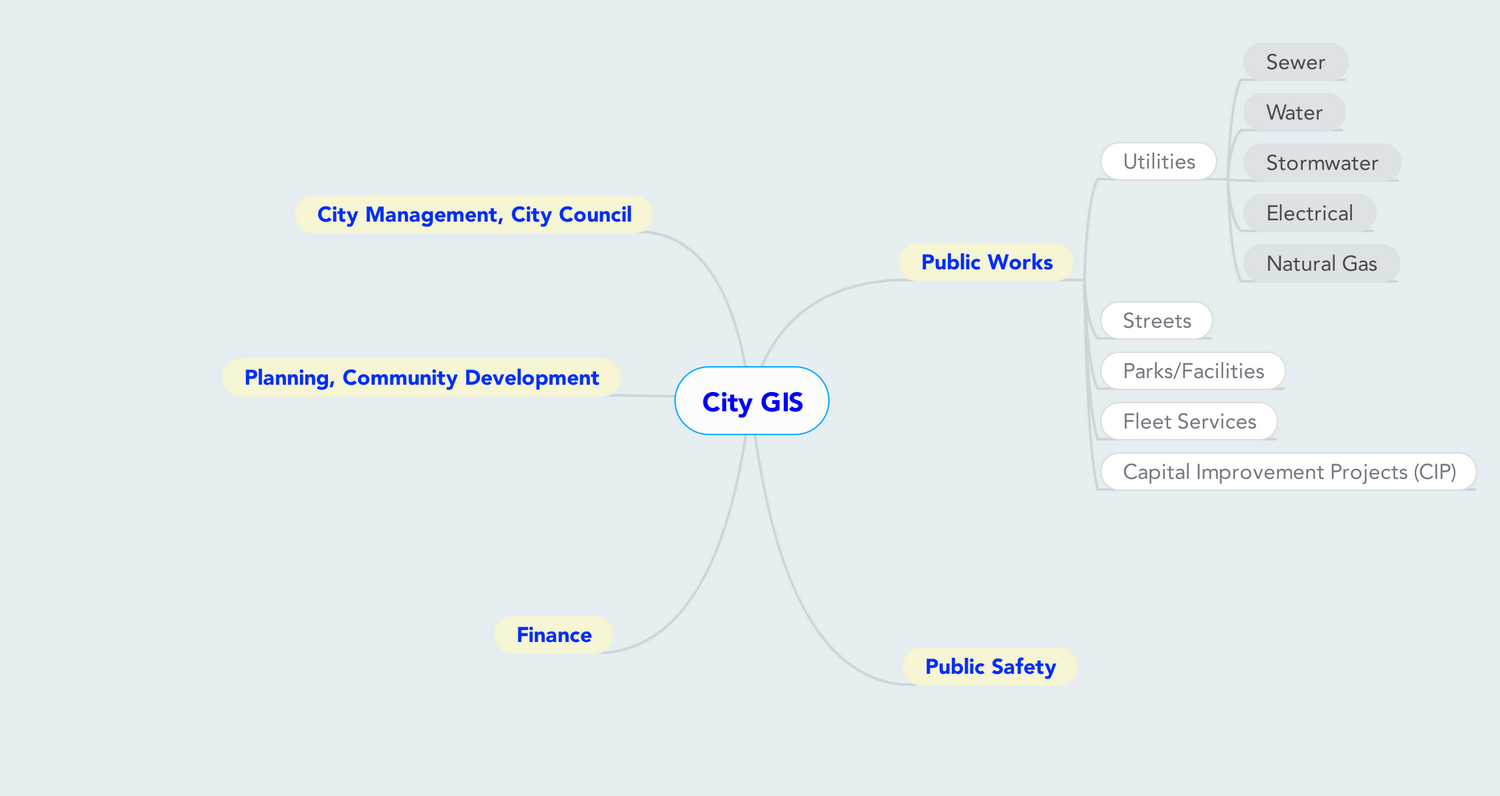Tip of the Day – Create indexes for all spatial and attribute tables
Today’s Tip Create indexes for all spatial and attribute tables Discussion Today’s tip arises as a result of setting up layers using a Foreign Data Wrapper in Postgres. The layers were initially loading quite slowly, and I realized that I had not added a UniqueID, which I mentioned in TOTD 002, or any sort of …
